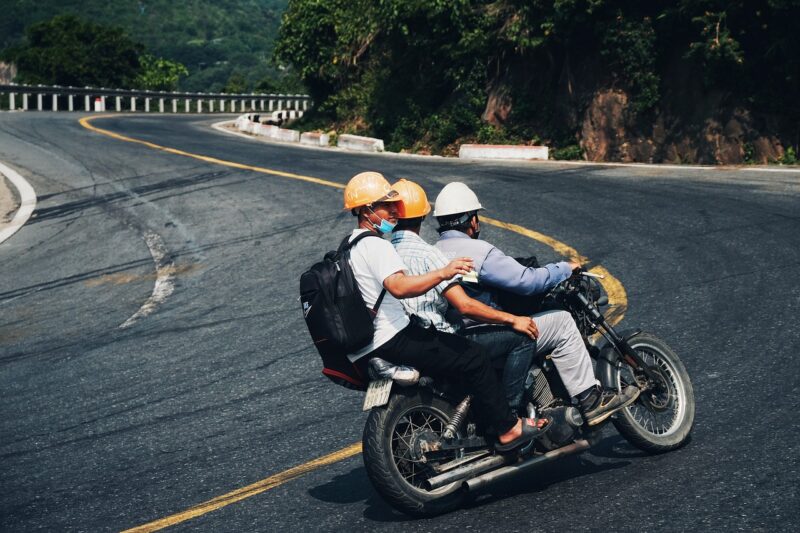The Mystery of the Dyatlov Pass Incident: What Happened to Those Hikers?
November 15, 2024

On the night of February 1, 1959, nine experienced hikers set out on a trek through the Ural Mountains in Soviet Russia. The group, led by Igor Dyatlov, aimed to reach the summit of Otorten Mountain, documenting their journey along the way. However, what transpired in the freezing snow covered wilderness would become one of the most enigmatic tragedies in the annals of exploration: the Dyatlov Pass incident.
1. The Hikers: Who Were They?
The hiking party consisted of nine members, all of whom were students and graduates of the Ural Polytechnic Institute. Each member was experienced in skiing and hiking, making their story even more perplexing. The group included:
- Igor Dyatlov (leader): A strong-willed and adventurous student, Dyatlov was responsible for the expedition’s planning and coordination.
- Yuri Doroshenko: Enthusiastic and passionate, he was one of the more jovial members of the group.
- Lyudmila Dubinina: The only female member, she brought a sense of calm to the group and was known for her kindness.
- Alexander Kolevatov: A dedicated student, he was known for his intelligence and curiosity about nature.
- Zinaida Kolmogorova: An avid hiker, Zinaida brought a strong sense of teamwork to the expedition.
- Rustin Slobodin: Practical and organized, Rustin often took charge of navigation during expeditions.
- Valentina Grigorievna: With an adventurous spirit, she often led the way through challenging terrains.
- Igor Dyatlov’s cousin (unconfirmed): Details of this member are less documented, but they were an integral part of the team.
- Viktor Lisin: The most enigmatic member, remembered for his artistic tendencies and passion for poetry.
2. The Journey Begins
The group had set off with ambitions of reaching the summit by February 12. Initially, the expedition proceeded smoothly as they documented their travels via a diary. However, severe weather began to complicate matters, which included cold temperatures, snowfall, and strong winds, leading the hikers off-course.
On February 1, they found themselves at the tent’s designated campsite near the mountain, where they pitched their tent. Fueled by uncertainty and weather conditions, Dyatlov made a daring decision to change their route, ultimately leading them into the heart of the perilous conditions.
3. The Disappearance
When the hikers failed to return by the designated date, relatives grew worried and contacted authorities. A search party was dispatched, leading them to the group’s tent located on the eastern slope of the Kholat Syakhl Mountain. What they found was chilling: the tent was discovered half-buried in snow, torn open from the inside, and the hikers’ belongings remained behind, including their shoes and jackets.
The absence of personal effects signified the hasty departure the group made. Nine sets of footprints were visible, leading away from the tent into the dark, snowy wilderness. The footprints, however, were inconsistent: they indicated that group members had walked barefoot or in socks despite the freezing conditions.
4. The Recovery of Remains
As the search continued, the bodies of the hikers were gradually discovered over the ensuing weeks. Each body showed signs of unusual injuries:
- **Lyudmila Dubinina**: Found missing her tongue, with significant facial injuries resembling those of automobile crash victims.
- **Zinaida Kolmogorova**: Suffered a major chest fracture, which typically occurs in extreme accidents.
- **Igor Dyatlov**: Died from a traumatic injury; expert reports later concluded these injuries to be consistent with body bludgeoning.
- **Rustin Slobodin**: Found with a head injury, which had severe contusions consistent with violent impact.
In contrast, another body, that of **Alexander Kolevatov**, appeared largely intact. This led investigators to comment on the suspicious differences in physical conditions of the bodies, causing alarm among family and co-investigators.
5. Theories Surrounding the Incident
The Dyatlov Pass incident has spawned numerous theories—some rational, others steeped in folklore and superstition. Here are a few of the most discussed:
- 1. Avalanche Theory: One of the simplest explanations; the group tent was buried in what they thought was an avalanche, forcing their hasty exit. However, there is no evidence of significant avalanche activity at the time.
- 2. Military Test Gone Wrong: Some believe the hikers may have stumbled into a secret Soviet military operation. The injuries, especially those resembling trauma from a blast, support this notion.
- 3. Yeti or Mysterious Animal Attack: Others leaned toward the supernatural interpretation involving a creature or entity that may have terrorized the hikers. This theory has been popularized in pop culture but lacks scientific backing.
- 4. Blindness from Infrasound Waves: A more scientific theory posits that subsonic sound waves produced by wind passing over the mountain could induce panic, compelling hikers to escape.
Each theory, in its own way, highlights the mystery surrounding this tragic event.
6. Lingering Questions and Cultural Impact
The Dyatlov Pass incident remains one of the most debated mysteries of the 20th century. The lack of definitive answers and the bizarre circumstances create a fertile ground for folklore, conspiracies, and documentaries. Recent advances in technology and forensic science have led to renewed interest in the case, with new theories stemming from an evolving understanding of the conditions those hikers faced.
The incident has inspired books, films, and even musical interpretations that continue to capture public imagination. Every year, thousands visit the site at Kholat Syakhl, compelled by the tragic story of nine lives lost and an unfathomable mystery.
Conclusion
The Dyatlov Pass incident remains a haunting enigma, a story of ambition, tragedy, and uncertainty. With each piece of evidence unearthed, new theories and speculation emerge, keeping the memory of the hikers and the mystery alive. As we delve into the past and uncover remnants of their story, we are invited to reflect on the limits of human exploration and the secrets nature can hold.
Though the fate of the Dyatlov party may never be fully understood, their legacy persists—a testament to the spirit of adventure and the unknown possibilities of the great outdoors.








